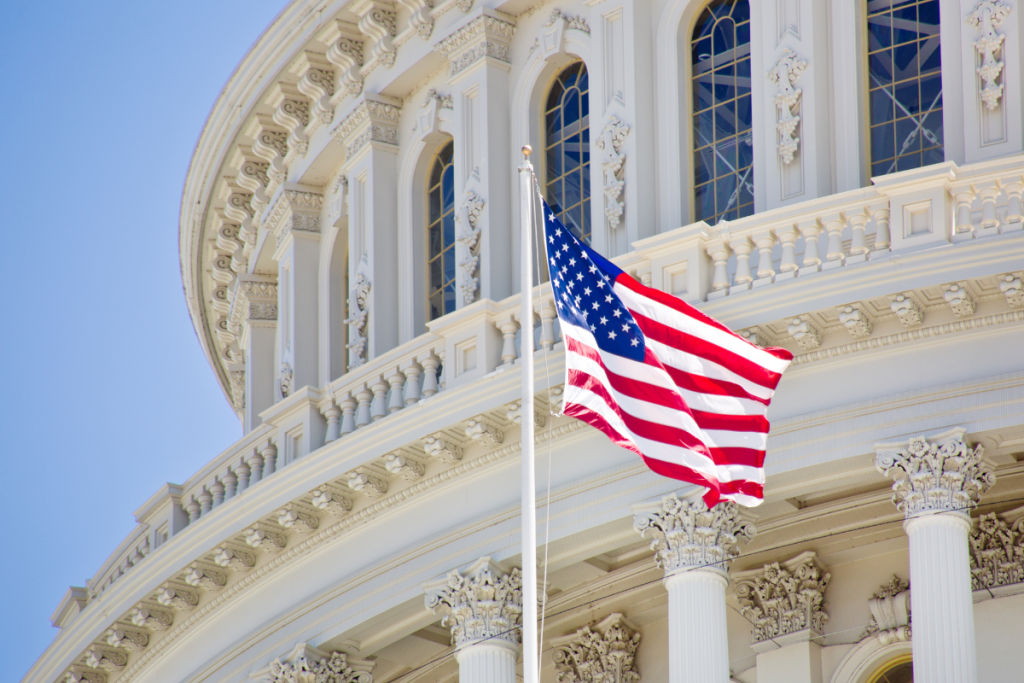The U.S. will impose 30% tariffs on imports from the European Union and Mexico and 35% tariffs on Canadian goods starting August 1, President Donald Trump announced in a series of letters posted to Truth Social. The latest measures extend a growing slate of country-specific duties aimed at reshaping U.S. trade balances but risk triggering retaliatory action and disrupting cross-border supply chains.
Canada joins a list of key trading partners, including Japan, South Korea, and Brazil, targeted by the administration’s tariffs, with Trump citing fentanyl imports and Canadian tariffs on U.S. dairy as justification. The move comes just weeks after Canadian Prime Minister Mark Carney participated in the G7 Leaders’ Summit alongside Trump. While Carney said Thursday that Canada remains committed to negotiations, he also pledged to defend Canadian workers and industries if talks falter.
North American Trade Under Pressure
As with Mexico, Trump’s letter to Canada offered no confirmation on whether goods eligible under the United States-Mexico-Canada Agreement (USMCA) would remain exempt from the new 35% levy. Since March, imports not covered by USMCA have faced a 25% duty. The escalation raises questions about tariff layering and administrative complexity, with trade professionals warning of potential compliance confusion.
“Will the same exemption for USMCA tariffs apply? Is this just more pressure to complete the deal this month?” asked Pete Mento, director of customs and trade services at DSV, in a LinkedIn post Friday. Canada, like Mexico, has responded to earlier U.S. tariffs with matching duties on steel, aluminum, and automotive components. Trump’s administration had originally set a July 9 deadline for tariff resolutions, but extended the grace period to August 1 via executive order.
Meanwhile, Mexican officials confirmed Friday that they’ve launched bilateral working groups to seek a solution before the implementation date. In a joint statement, Mexico’s economy and foreign affairs ministries called the tariffs “unfair,” but emphasized that negotiations are underway: “Mexico is already in negotiations.”
EU Pushes Back as Trade Deficit Tensions Mount
Trump’s letter to European Commission President Ursula von der Leyen featured a new demand not seen in earlier communications: that the EU allow “complete, open Market Access” to the U.S. without charging tariffs. The bloc currently faces a 10% baseline duty and has been a recurring target of Trump’s trade grievances, with prior threats including 50% tariffs and product-specific duties on wine, steel, and autos.
Von der Leyen, speaking Saturday on X, warned that a 30% tariff would damage industries “on both sides of the Atlantic” and said the EU was pursuing an agreement but preparing proportional countermeasures if talks break down. Since February, U.S. tariffs have impacted an estimated 70% of EU trade volumes, prompting the European Commission to develop a $100 billion retaliatory package covering industrial and agricultural exports.
The European Commission insists it favors negotiation but remains firm. “The scale and scope of these measures is unprecedented,” von der Leyen said earlier in the week. “Our line has been clear. We will be firm. We do prefer a negotiated solution.”
What Tariff Escalation Misses About Supply Chain Realities
While the administration’s aim may be to reduce the U.S. trade deficit, $236 billion with the EU, $172 billion with Mexico, and $80 billion with Canada in 2024, per U.S. International Trade Commission data, the rapid pace and opacity of these moves are creating ripple effects well beyond fiscal balances. Many of the goods impacted by these tariffs are deeply embedded in cross-border supply chains, particularly in sectors like automotive, machinery, and agriculture, where intermediate goods crisscross borders multiple times.
Tariffs layered without operational clarity risk driving up costs not just for trading partners, but for U.S. manufacturers, distributors, and consumers alike. As trade policy converges with campaign politics, supply chain resilience may be collateralized for short-term leverage.




